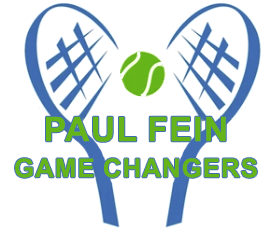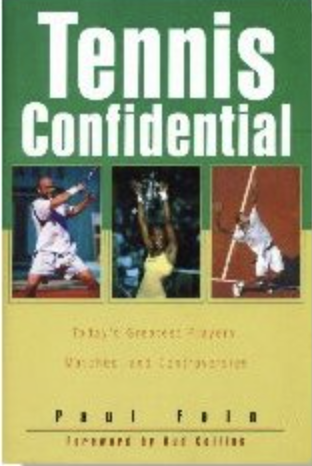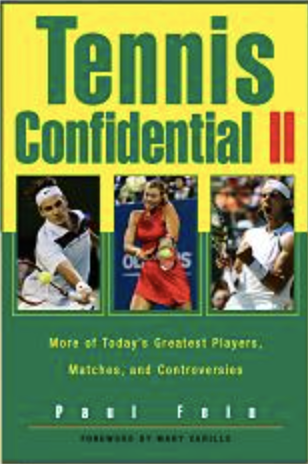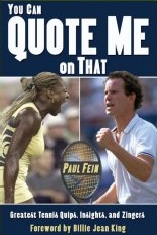What Did You Learn About Technique and Tactics at the ATP Finals?
Hits: 49
Technique and tactics form two of the main pillars of a winning offense and defense in tennis. Indeed, that’s precisely why these pillars inspired the subtitle for my award-winning book, “The Fein Points of Tennis: Technique and Tactics to Unleash Your Talent.”
The recent ATP Finals in Turin, Italy, provided some lessons for both technique and tactics. Here are some of them.
The indoor hard courts were so fast and slick that former No. 1 Jim Courier called them “a server’s paradise.” That means, as always, you want to capitalize on the characteristics of the playing surface.
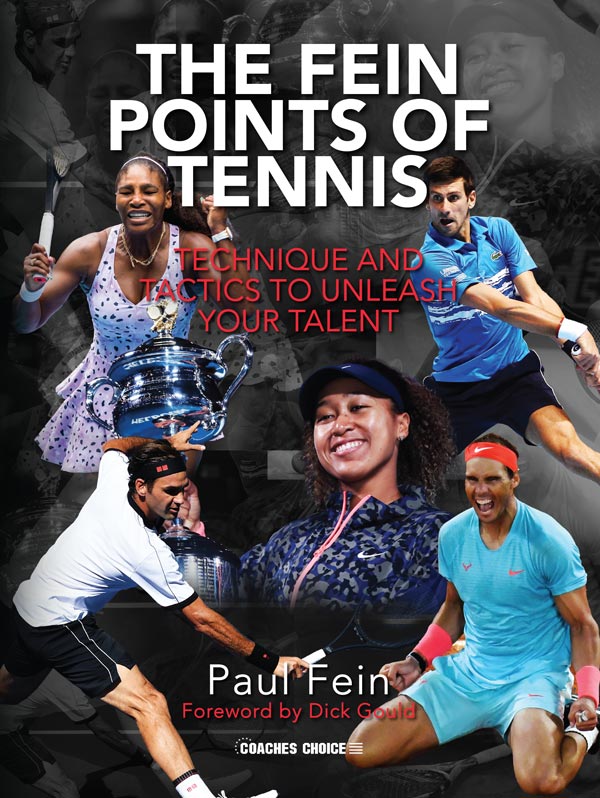 Novak Djokovic, who went undefeated in five matches, did that, especially in his 7-5, 6-3 victory in the final over Casper Ruud. His nine aces helped him win an excellent 85% of his first-serve points. Crucially, Novak didn’t overdo it. He stayed consistent. He made 71% of his first serves and had no double faults. Not surprisingly then, he faced no break points. His highly grooved and technically correct stance, toss, and swing produced a high-quality and consistent serve.
Novak Djokovic, who went undefeated in five matches, did that, especially in his 7-5, 6-3 victory in the final over Casper Ruud. His nine aces helped him win an excellent 85% of his first-serve points. Crucially, Novak didn’t overdo it. He stayed consistent. He made 71% of his first serves and had no double faults. Not surprisingly then, he faced no break points. His highly grooved and technically correct stance, toss, and swing produced a high-quality and consistent serve.
The same smart combination of power and consistency—enhanced by accuracy and depth—made his backcourt game aggressive but rarely reckless. Novak blasted 27 winners, including 14 by his forehand. The unrelenting force of all these shots eventually broke down Casper’s backhand enough to make the second set a bit more decisive than the first set.
Conversely, drop shots are less effective on very fast courts. Djokovic learned, as the tournament progressed, that his drop shot, which he generally overrates anyway, was high-risk and low-percentage. So he seldom tried drop shots in the final.
However, Stefanos Tsitsipas learned that lesson the hard way against Daniil Medvedev in their round-robin match. The gifted Greek made a poor shot selection at 11-all in their second-set tiebreaker. His terrible and costly drop shot landed in the alley, and then the Russian smacked an overhead winner to take the tiebreaker 13-11. Fortunately, Stefanos regrouped and eventually pulled out the match 6-3, 6-7, 7-6.
Andrey Rublev demonstrated that even on a very fast surface one-dimensional slugging goes only so far. Andrey clearly needs more variety, and on this surface, that means getting to net more often when his opponents are clearly on the defensive. Besides during baseline rallies, he can do that by chipping and charging when returning second serves, which he regularly does from inside the baseline. Technically, Andrey has to add more power and spin on his second serve, which is the weakest among the top 10 players. Even so, the Russian made the semis at the ATP Finals for the first time. Studying videos of his matches and discussing them with his coach, Fernando Vicente, voted Coach of the Year in the 2020 ATP Awards, should enable Rublev sooner or later to improve his unimaginative and limiting tactics.
The perspicacious Bill Tilden advised: “Never change a winning game.” A corollary to that time-tested wisdom is to maximize winning tactics. Felix Auger-Aliassime boldly hit 38% of his groundstrokes from inside the baseline in the first set against Ruud, but, paradoxically, came to net only 10 times, despite winning all 10 points. FAA, a skillful and athletic volleyer, lost the match 7-6 (4), 6-4. He might have won it if he had capitalized on his highly effective net game more often.
For more ideas about tactics and technique, check out “The Fein Points of Tennis.”
